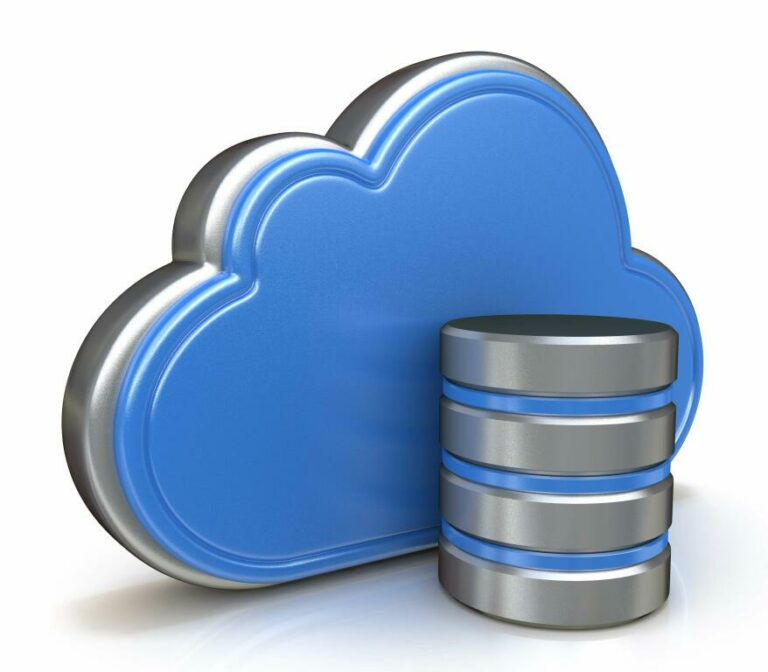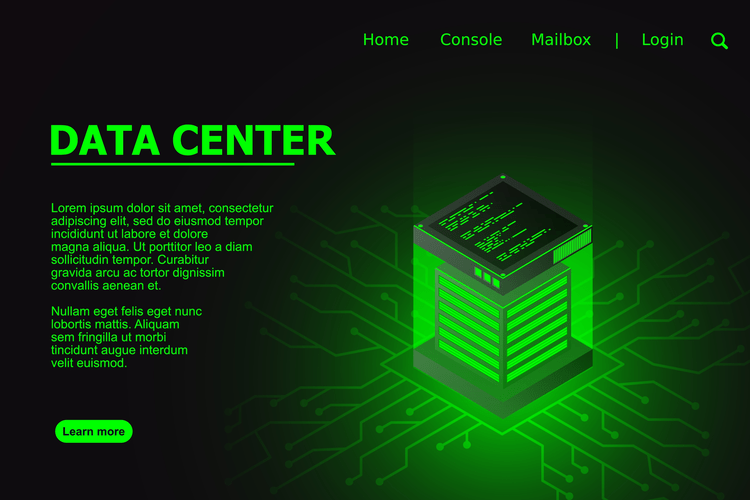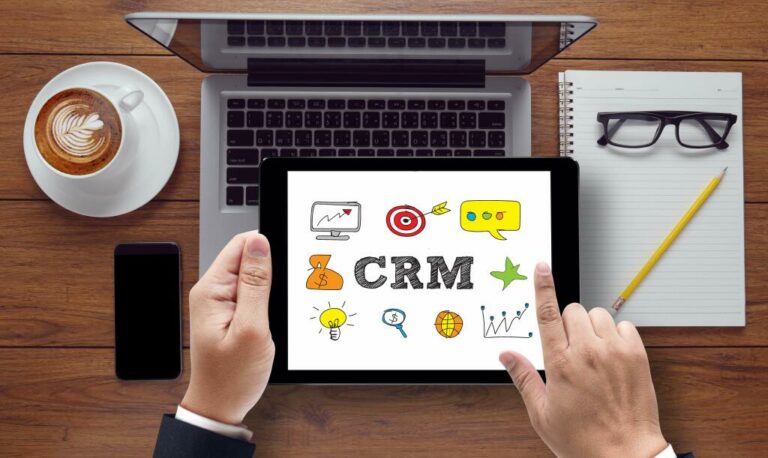4 Phases of Rapid Application Development Methodology
The time and resources invested in the project are not wasted in RAD, making it a cost-effective model. Every project, irrespective of the framework, has to start with the gathering of requirements. The clients present what they expect the software to do and the features that should be there. 108) Multitier client/server database applications contain a business logic layer. 109) The scope of an enterprise application is one workgroup or department.

Is your client open to this approach, and the level of hands-on involvement required? If not, communication breakdowns may cause projects to fail. Rapid app development can be expensive because you need to engage the best specialists in the market. The bright side is, you can hire high-skilled professionals outside your region, which is less expensive. If so, several teams can work concurrently, each assembling a prototype for one module. At the end of the iteration, the modules are combined into a single working application.
What are the Four Stages of RAD?
The key to success with RAD is finding the right team members who can use it as an effective tool. In this phase, the project team works together to identify the scope of the project and develop a plan for how it will be executed. This includes identifying the requirements for the software, designing the overall architecture, and creating a schedule. Despite its challenges, RAD remains a popular choice for many organizations due to its ability to deliver high-quality software quickly. If you are considering using RAD for your next project, be sure to weigh its advantages and disadvantages carefully to decide if it is the right fit for your needs. Is your client willing to adhere to project timelines and a schedule for model completion?

A task-oriented structure allows project managers to optimize team performance by assigning tasks based on participants’ expertise and experience. Rather than managing a severe arrangement of necessities, RAD engineers make a bunch of models with various elements and capacities. rapid development methodologies In the RAD model, useful modules are created in equal as models and coordinated into completed items to accelerate product conveyance. For RAD to succeed, clients need to be understanding of the time frame of the project and need to be made aware of any changes or delays.
The fastest way to create high-value apps
RAD can be used on projects of all sizes as long as they can be modularized. Agile cannot be used for small projects where incremental development cannot be supported feasibly. In contrast, in Agile, the client is only shown the completed product after each iteration. It calls for highly skilled developers with strong modeling skills. The project suffers if the developers are not up to the mark.
There is an inevitable trade-off between flexibility and control, more of one means less of the other. If a project (e.g. life-critical software) values control more than agility RAD is not appropriate. Lucidchart is the intelligent diagramming application that empowers teams to clarify complexity, align their insights, and build the future—faster. With this intuitive, cloud-based solution, everyone can work visually and collaborate in real time while building flowcharts, mockups, UML diagrams, and more. The success of RAD depends on a project manager’s ability to fully outline each development phase and communicate effectively with team members and stakeholders in real time. RAD methodology can be an effective strategy for a number of different projects and teams, but you should consider the following key factors before you implement it.
Finding a RAD-Friendly Platform
Consider the rapid application development model , invented by James Martin in 1991. Software and applications are thoroughly tested during this phase, ensuring the end result satisfies client expectations and objectives. Developers work with clients and end users to collect feedback on interface and functionality, and improve all aspects of the product. Once a project has been scoped, teams begin building out the initial models and prototypes. The goal is to rapidly produce a working design that can be demonstrated to the client.

It is particularly well suited to developing web-based applications, focusing on delivering functionality quickly rather than creating a flawless design. RAD is a highly iterative process, so you project managers and developers will need to be prepared for constant change throughout the life cycle of their applications. You should use RAD cautiously, as it may not always suit every project’s needs or goals. The implementation https://www.globalcloudteam.com/ phase is where development teams move components to a live production environment, where any necessary full-scale testing or training can take place. Teams write thorough documentation and complete other necessary maintenance tasks, before confidently handing the client a complete product. RAD suggests that there will be lots of discussions about functionality, testing the prototypes, updates, and ongoing feedback.
phases of rapid application development methodology
119) Discuss why alternative IS development approaches have evolved, and provide an overview… 78) The user interface includes languages, menus, and other facilities by which users interact with various system components. By using RAD principles, the finance team can quickly create a prototype of the application and get feedback from various departments before going live. With a no-code platform like Kissflow, they can also take responsibility to maintain the app and make changes along the way.

Agile is a form of project management style based on an iterative and phased approach. Agile project management may be new to project management, but it adapts easily to market changes. RAD focuses primarily on prototypes, while Agile focuses primarily on breaking the project down into functions. Which are then delivered to various sprints throughout the development cycle. Traditional Software Development Methods such as waterfall are based on rigid process models that force customers to accept requirements before starting a project. In this phase, users interact with system analysts and develop models and prototypes that represent all processes, inputs, and outputs of the system.
Step 1: Define and finalize project requirements
While there are numerous steps involved in the Rapid Application Development model, you can broadly group them together into four phases. 49) In practice, databases today may contain either data or information. 50) Metadata are data that describe the properties of other…..
- The nature of this consistent feedback enables developers to adjust models incrementally until project requirements are sufficiently met.
- RAD is an intense methodology that needs a high level of commitment.
- Clients will also need to be proactive in making trajectory-based decisions.
- User design phase – during this phase, users interact with systems analysts and develop models and prototypes that represent all system processes, inputs, and outputs.
- Therefore, modern RAD platforms combine a proven architecture, ready-made components that implement typical functionality, and, of course, tools that facilitate rapid development.
- These changes can be implemented immediately and shown to stakeholders on the spot.
The accomplishment of RAD Methodology relies upon the capacity of team supervisors to completely depict each progressive phase and discuss viably with colleagues and stakeholders continuously. Developers and clients also need their hard work and excellent control at every stage for the project to be successful. They should work inseparably, continuing on to meet their assumptions as well as their clients. All of them help to get results faster both at the stage of project prototyping and during construction. RAD Developers can iterate and update the projects they develop multiple times without having to start from scratch each time.
One more step…
With RAD this kind of information can be discovered and acted upon earlier in the process. Although much of the literature on RAD focuses on speed and user involvement a critical feature of RAD done correctly is risk mitigation. It’s worth remembering that Boehm initially characterized the spiral model as a risk based approach. A RAD approach can focus in early on the key risk factors and adjust to them based on empirical evidence collected in the early part of the process. E.g., the complexity of prototyping some of the most complex parts of the system. Cutover phase – resembles the final tasks in the SDLC implementation phase, including data conversion, testing, changeover to the new system, and user training.












